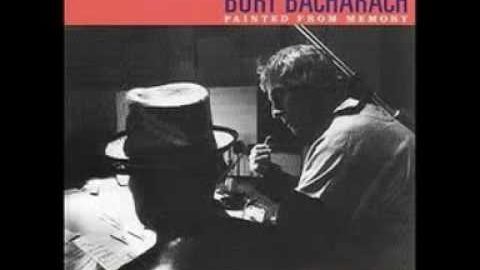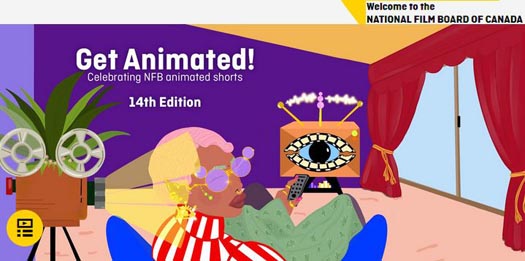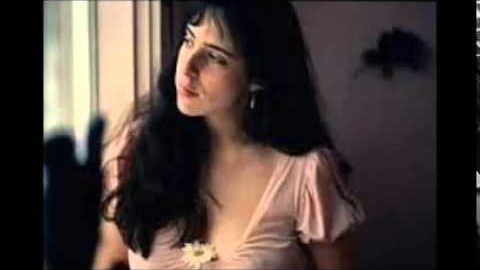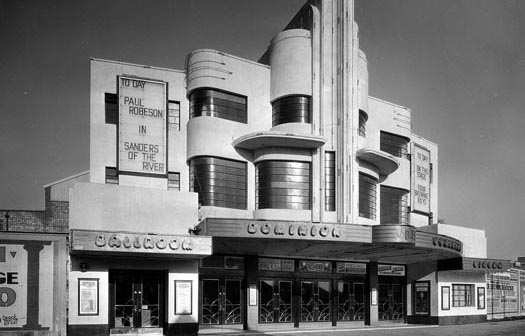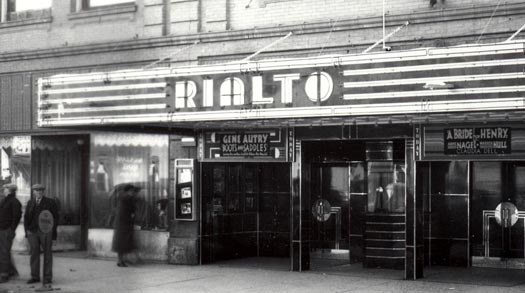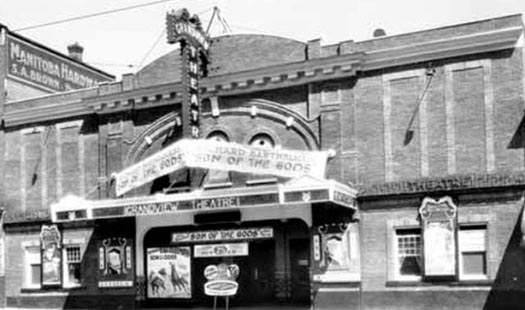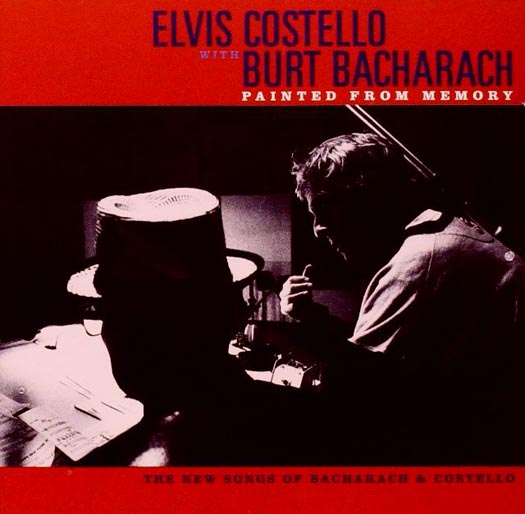
The perfectly matched, heartbreaking, heavenly collaboration between Elvis Costello and Burt Bacharach, Painted from Memory, the pop-music masterpiece, was released on the 29th of September 1998 — slightly old-fashioned, yet insistently clear and capable of flooding the heart with all the awful beauty of love’s highs and lows … mostly lows … “In the darkest place,” it all begins, “I know that is where you’ll find me” — remains to this day one of my favourite albums ever, one I go back to again and again.
The people we meet on the album who move through these 12 perfect pop songs aren’t teenagers tasting first-love tears.
They’re grownups who know what they’ve done to themselves, their hearts broken, who are now enveloped in a realm we’ve all visited from time to time, a dimension where time ticks away just a bit more slowly and the world passes by at a remove. They are displaced and disconnected, seen only in fine silver frames, distant cities or watching from afar. They live in empty houses, waiting for sleep to come to take them somewhere else, and all this they do to music meticulously crafted by two experts of the form.
Neither producer Burt Bacharach nor composer Elvis Costello is a stranger to collaboration, but together they are a singular pairing, as Costello brings discipline and edge to Bacharach’s lush melodic outpourings, while Bacharach returns the favour by setting Costello’s exacting progressions and taut wordplay in soundscapes that are both intricate and silky smooth.
Take, as a spectacular example, the gorgeous ballad What’s Her Name Today?, a Costellian pondering on the ruin brought about by those in pain that’s not so much backed by Bacharach’s purposeful grand piano as admonished — you’re a fool it declares, before sweeping up the whole affair into a whirlwind of strings and human wreckage.
Other times, they’re more sympathetic, deploying Bacharach’s famous mellow trumpet to harmonize with the vocals on the tricky tale of infidelity Toledo, or winking at the conceit of The Sweetest Punch by threading the tune with chimes, a lovely instrument you have to hit, with mallets.
In the song above, the horns say a little prayer, below … the bells chime.
The sum of this artistic one + one is more than strictly musical. By coming together when they did, each man underwent a kind of recalibration whereby the sheen of kitsch acquired by Bacharach’s body of work since his ’60s heyday was stripped away, and Costello, then in his mid-40s, shed the last lingering remnants of his image as an angry young man.
In turn, Painted from Memory itself became a bridge, connecting classic works of love and loss — think Frank Sinatra’s ninth studio release, 1955’s concept album, In the Wee Small Hours — to the wave of pop-jazz new schoolers (Norah Jones, Michael Bublé) that followed closely in its wake.
Costello and Bacharach know that opening yourself up to the sentimental side of life exposes you to its cruelties as well; it takes courage, so Painted from Memory concludes with a plea for fortitude and grace.
God Give Me Strength — which they wrote over the phone lines — is the first of the pair’s dual efforts and it remains one of the best, an achingly gorgeous last-stand waltz through the end stages of grief. “That song is sung out,” it concedes, “this bell is rung out.” Except that it isn’t, because there’s something in all of us, the part Painted from Memory renders so well, that will always wait for the bell to ring. That damned, beautiful bell.
